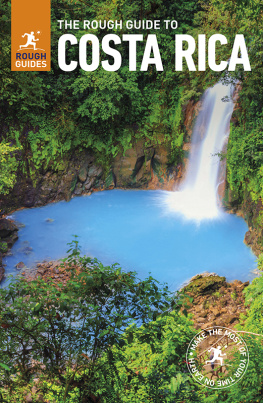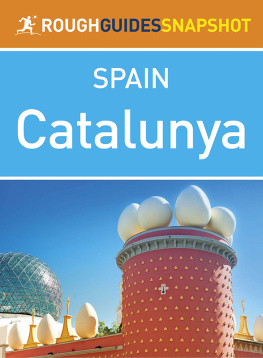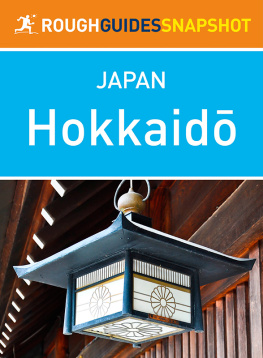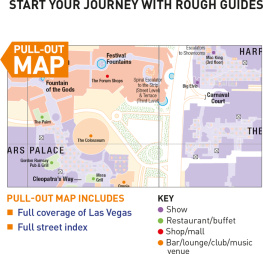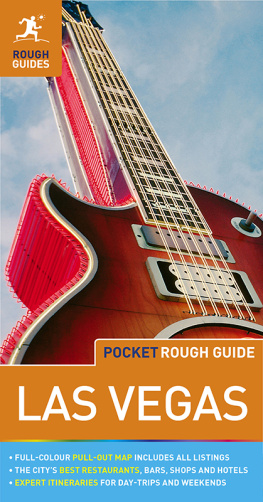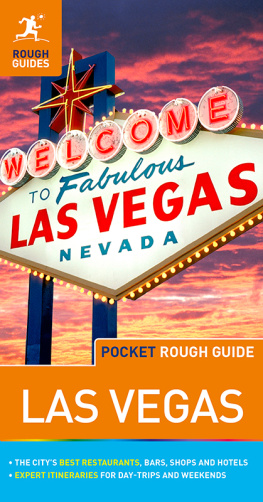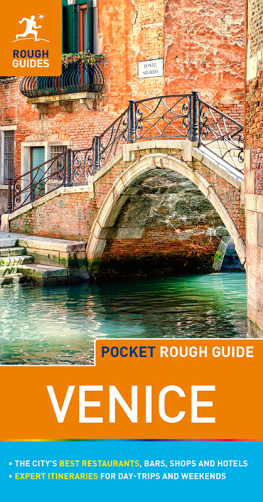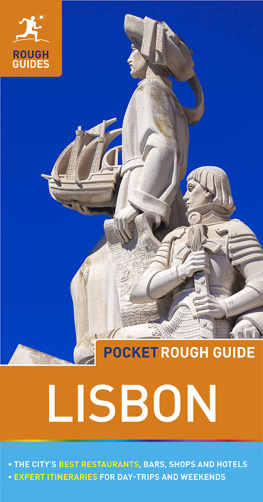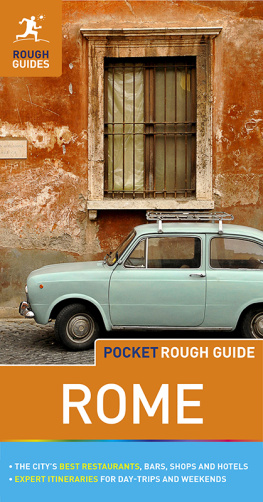Introduction to Las Vegas
A dazzling oasis where forty million people a year escape the everyday, Las Vegas has made a fine art of indulging its visitors every appetite. From its ever-changing architecture to cascading chocolate fountains, adrenaline-pumping zip lines and jaw-dropping stage shows, everything is built to thrill; as soon as the novelty wears off, its blown up and replaced with something bigger and better. Not only does the city hold the largest hotels in the world, but thats pretty much all it holds; its these extraordinary creations that everyone comes to see.

The Eiffel Tower, Paris
Each hotel is a neighbourhood in its own right, measuring as much as a mile end to end; crammed full of state-of-the-art clubs, restaurants, spas and pools; and centring on what makes the whole thing possible an action-packed casino where tourists and tycoons alike are gripped by the roll of the dice and the turn of the card.
Even if its entire urban area covers 136 square miles, most visitors see no more of Las Vegas than two short, and very different, linear stretches. Downtown, the original centre, now amounts to four brief (roofed-over) blocks of Fremont Street, while the Strip begins a couple of miles south, just beyond the city limits, and runs for four miles southwest. Its the Strip where the real action is, a visual feast where each mega-casino vies to outdo the next with some outlandish theme, be it an Egyptian pyramid (Luxor), a Roman extravaganza (Caesars Palace), a fairytale castle (Excalibur) or a European city (Paris and the Venetian).
In 1940, Las Vegas was home to just eight thousand people. It owes its extraordinary growth to its constant willingness to adapt; far from remaining kitsch and old-fashioned, its forever reinventing itself. Entrepreneurs race to spot the latest shift in who has the money and what they want to spend it on. A few years ago the casinos realized that gamblers were happy to pay premium prices for good food; top chefs now run gourmet restaurants in venues like Bellagio and the Cosmopolitan. More recently, demand from younger visitors has prompted casinos like Wynn Las Vegas to open high-tech nightclubs to match those of Miami and LA.
The reputation Las Vegas still enjoys, of being a quasi-legal adult playground where (almost) anything goes, dates back to its early years when most of its first generation of luxury resorts were cut-throat rivals controlled by the Mob. In those days illegal profits could easily be skimmed off and respectable investors steered clear. Then, as now, visitors loved to imagine that they were rubbing shoulders with gangsters. Standing well back from the Strip, each casino was a labyrinth in which it was all but impossible to find an exit. During the 1980s, however, visitors started to explore on foot; mogul Steve Wynn cashed in by placing a flame-spouting volcano outside his new Mirage. As the casinos competed to lure in pedestrians, they filled in the daunting distances from the sidewalk, and between casinos.
With Las Vegas booming in the 1990s, gaming corporations bought up first individual casinos, and then each other. The Strip today is dominated by just two colossal conglomerates MGM Resorts and Caesars Entertainment. Once you own the casino next door, theres no reason to make each a virtual prison; the Strip has therefore opened out, so that much of its central portion now consists of open-air terraces and pavilions housing bars and restaurants.
The city may have tamed its setting, but the magnificent wildernesses of the American West still lie on its doorstep. Dramatic parks like Red Rock Canyon and the Valley of Fire are just a short drive away, or you can fly to the Grand Canyon, and Utahs glorious Zion National Park makes a wonderful overnight getaway.
Best places to get a view of the Strip
Although towering hotel blocks jostle for position along the Strip, there are surprisingly few places that offer non-guests a panoramic view of the whole thing. Possibilities include the summit of the Stratosphere (but thats a little far north and not quite aligned with the Strip), and the Voodoo Rooftop Nightclub at the Rio, off to one side. So the winner is the observation platform at the top of , perfectly poised to look north and south along the Strips busiest stretch, as well as west, and down, to the fountains of Bellagio.




